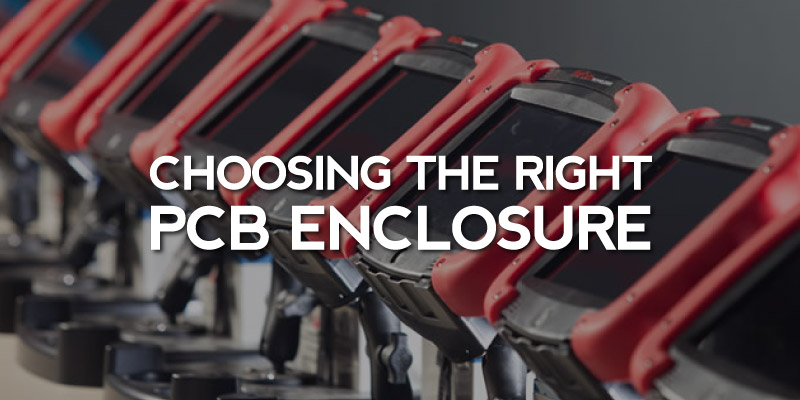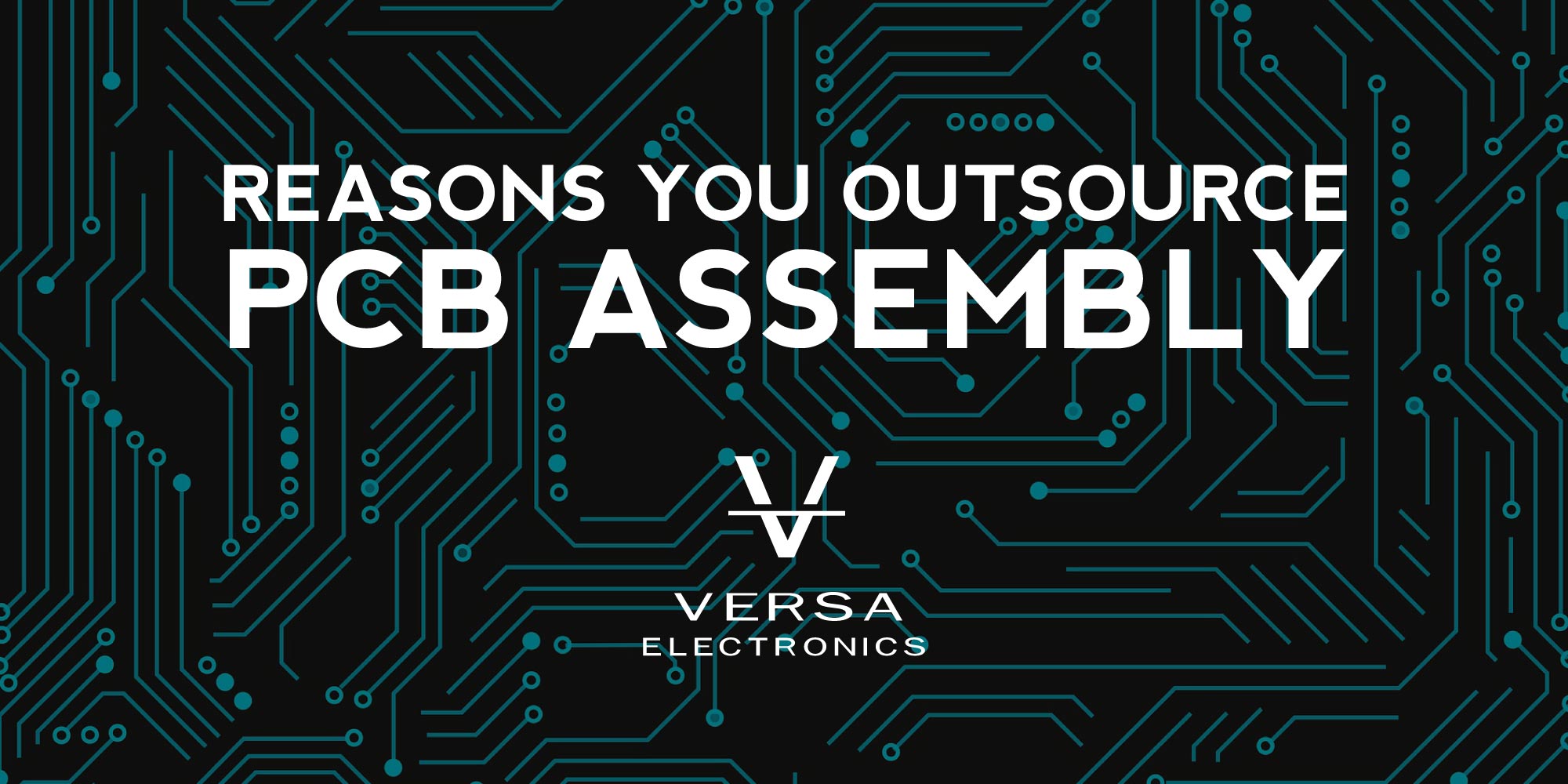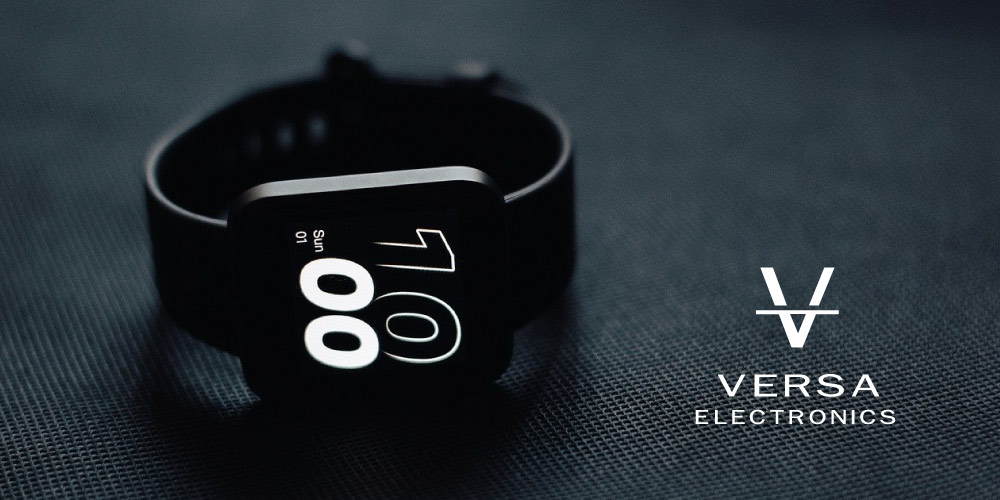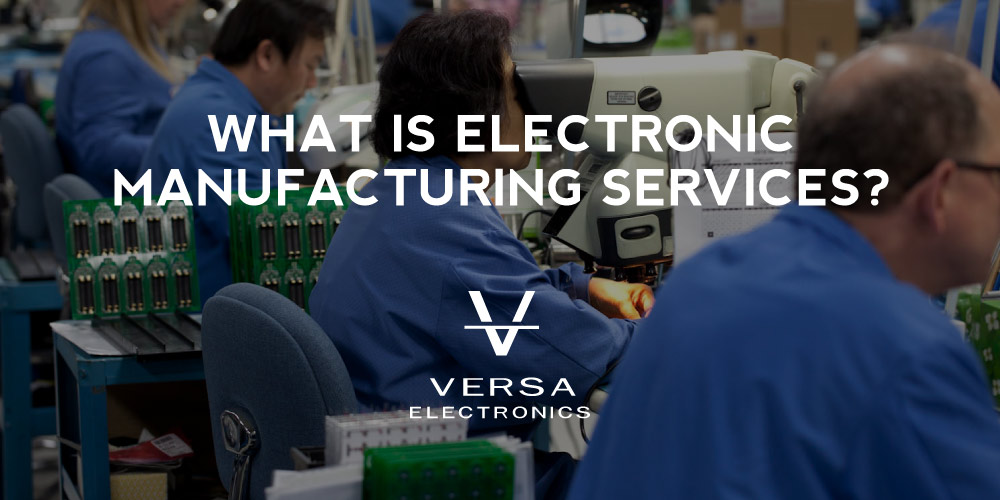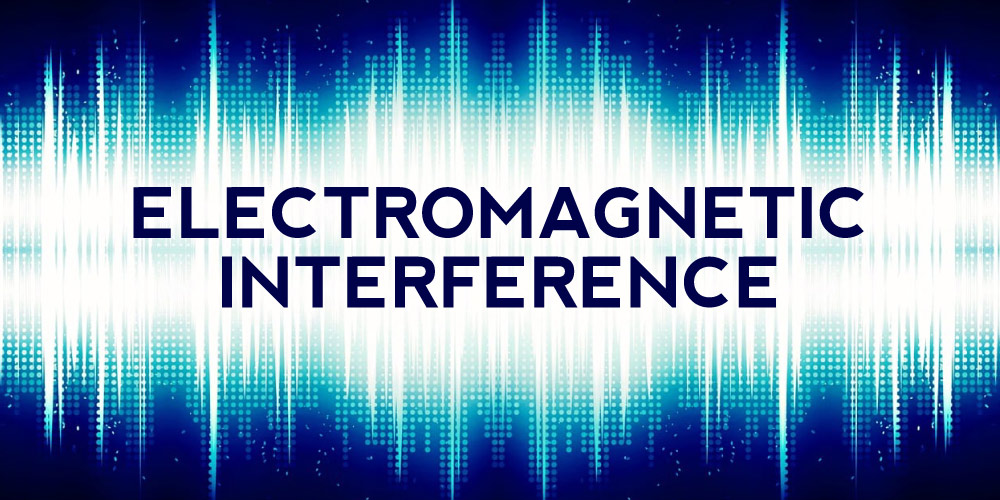You will encounter PCB enclosures in almost every electrical device. From iPhones to smoke detectors, the outer cover of these devices is crucial to their functionality. Any electronic gadget is contained inside an enclosure made of plastic or some other material to protect it from the elements.
The design requirements for PCB enclosures are essential. They vary depending on whether the device will be used indoors, outdoors, in hot or cold climates, or in low or high operating temperatures. Here is a look at the common types of PCB enclosures and the primary factors to consider when choosing an enclosure.
Types of PCB Enclosure
Enclosures come in about every size, material, and shape combination. There are also different PCB enclosure manufacturers. A majority of the cases are either plastic, extruded aluminum, or folded metal.
Plastic PCB Enclosures
Plastic PCB enclosures are the cheapest options. These enclosures are easy to customize and often feature things like built-in battery compartments and mounting bosses for your circuit board. Some plastic models come with environmental protection features for applications that will be used outdoors. Common examples of plastic enclosures include:
- ABS plastic: This material has a shiny surface that is amplifiable, resistant to concentrated acids, waterproof, and has temperature-independent impact resistance. However, it is flammable when subjected to high temperatures.
- Polycarbonate plastic: This material offers fire retention and is resistant to acidic environments. It also has a high impact resistance. However, polycarbonate plastic cannot endure exposure to strong alkalis or organic solvents.
- Polyester plastic: This material offers moisture and chemical resistance. It is also lightweight and has excellent insulation properties.
- PVC plastic: This material is durable and has high impact resistance. It is also recyclable and provides UV degradation-resistance.
Extruded Aluminum PCB Enclosure
These enclosures are capable of improving the aesthetics and feel of products. Extruded aluminum enclosures are more costly than plastic covers. While they can be customized just like plastic covers, they do not feature battery compartments and mounting bosses. Instead, the PCBs are fitted into rails that are made of aluminum extrusions. Some models come with environmental protection.
Folded Metal PCB Enclosures
The best example of folded metal enclosures is the old computer cases of the 90s. The enclosures were formed from steel sheet metal or folded aluminum. They usually have two or more distinct pieces that are screwed together to form a box. For applications that require a large physical footprint, folded metal enclosures are a cost-effective option. This material is easy to modify, rust-resistant, and lighter than steel.
Other Materials
- Stainless steel: This material is resistant to corrosion and can significantly improve performance. However, it is very costly.
- Fiberglass: This material is available in different colors and offers a high chemical and moisture resistance. Fiberglass can be easily scratched and is capable of producing toxic fumes.
Essential Factors To Consider When Choosing a PCB Enclosure
Apart from price, style, and manufacturer, other factors go into choosing a PCB enclosure. These factors include material, environmental considerations, application, dimensions, modification of standard enclosures, and ease of assembly.
1- Material
The materials used for an enclosure can either be metallic or non-metallic. Examples of metallic materials include steel and aluminum. Non-metallic material includes plastic and fiberglass. You should choose a material for your enclosure based on durability, malleability, availability, and cost. Metal is the ideal choice if you want a durable and cost-effective casing. On the other hand, plastic is easier to shape and provides corrosion resistance.
2-Environmental Considerations
The longevity of a PCB enclosure is dependent not only on its material but also on your evaluation of the environmental impact of elements like temperature, UV rays, and airborne debris. The type of impact resistance of the enclosure will vary depending on the material.
3-Application
The application of the PCB boils down to the market or product. Market application considerations include factors such as parking garages, repair shops, pools, arenas, food plants, and water treatment plants. Product applications involve the physical enclosure. Examples of product applications include ease of access, duct mounts, and wall mounts.
4-Modification of Standard Enclosures
If you want to modify an enclosure, the supplier may need to provide additional services to support changes. These services may include milling, drilling, color, and printing. Some suppliers offer other services like fitting displays and keypads on the enclosure.
5- Performance Standards
It is important to review enclosure ratings so you can ascertain the degree of protection that each enclosure offers. These settings are standardized throughout the country, providing ratings for hazardous and non-hazardous situations. You need to confirm these ratings to ensure you choose an enclosure with the best rating for your device.
In Conclusion
PCB enclosures are crucial for protecting the electrical components of devices. With so many PCB cases in the market, it can be very confusing to choose the right enclosure for your device. A rule of thumb is to make sure your choice is based on material, environmental conditions, application, modification of standard enclosures, and performance standards.

